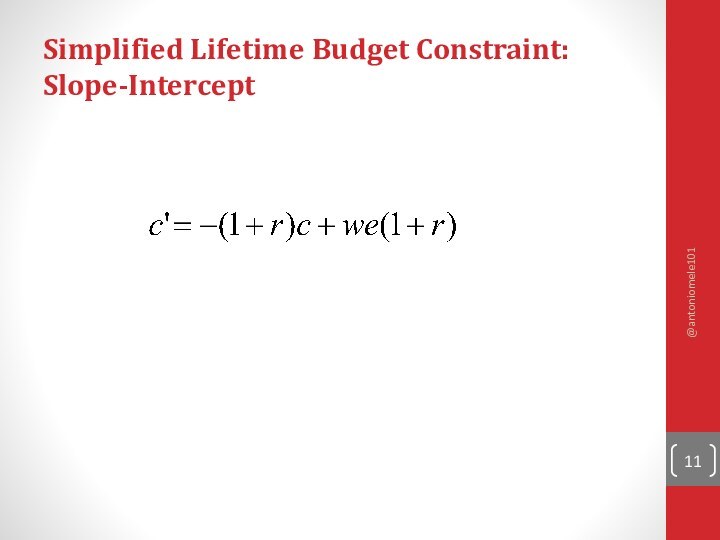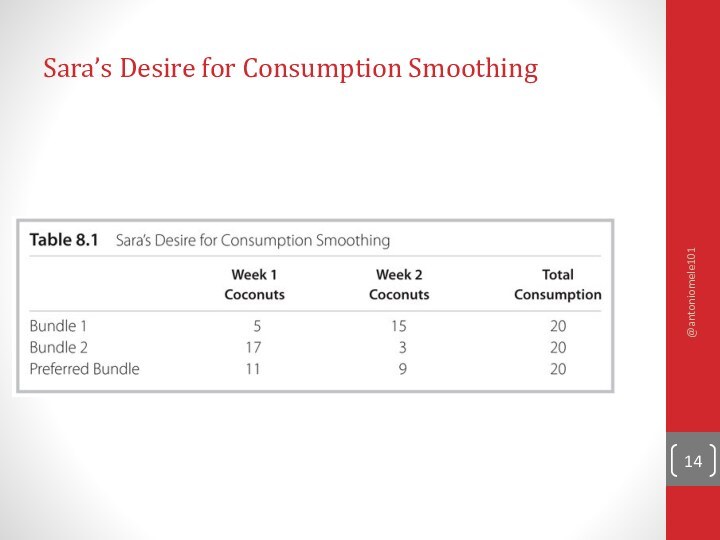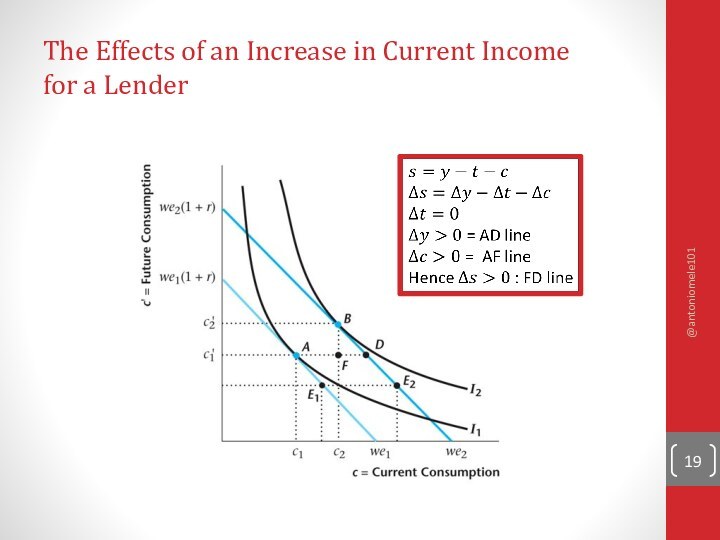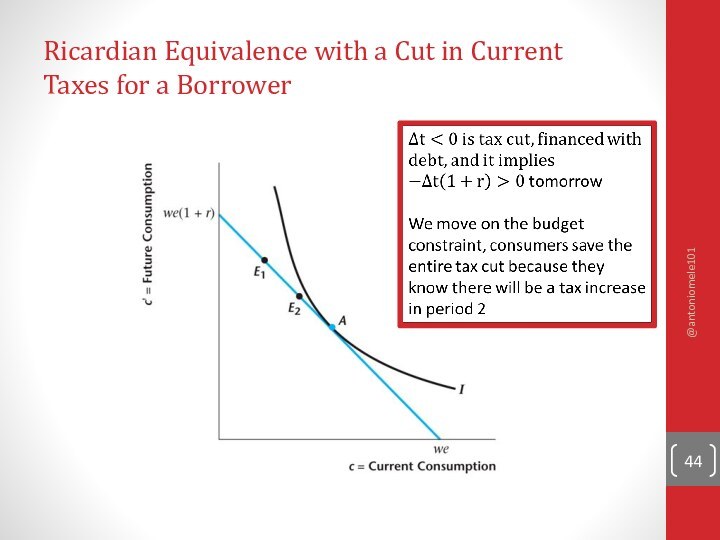consumer to changes in income and interest rates.
Government budget
deficits and the Ricardian Equivalence Theorem.@antoniomele101
FindSlide.org - это сайт презентаций, докладов, шаблонов в формате PowerPoint.
Email: Нажмите что бы посмотреть















































@antoniomele101
@antoniomele101
@antoniomele101
@antoniomele101
@antoniomele101
@antoniomele101
@antoniomele101
@antoniomele101
@antoniomele101
@antoniomele101
@antoniomele101
@antoniomele101
@antoniomele101
@antoniomele101
@antoniomele101
@antoniomele101
@antoniomele101